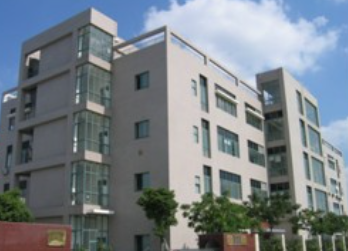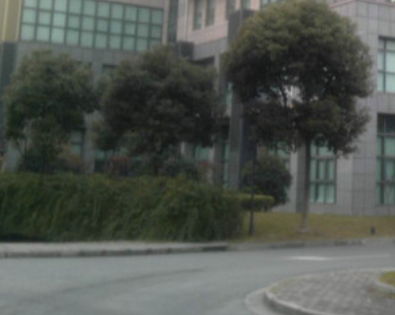一、酰氯的水解
把羧酸制成酰氯,再通过酰氯去进行各种反应是有机合成中常用的方法,较少有用酰氯来制备羧酸的例子,但在有些条件下利用酰氯来制羧酸也是较为有效的。例如芳环通过佛克反应与草酰氯反应得到相应的酰氯。一般来讲脂肪酰氯的水解是相当快的,不用加任何催化剂即可反应。但芳香酰氯的反应要相对慢了很多,有时为了促进其水解需要加入碱和酸。
1、酰氯的水解示例

Aluminum chloride (160 g, 1.2 mol) was added to a stirred solution of the 4-n-pentylbiphenyl (224 g, 1 mol) in methylene chloride (1000 mL) at approximately -20°C. Then Oxalyl chloride (96 mL) was added to the solution at a temperature below -10°C. After addition, the reaction temperature was allowed to rise to approximately 0°C. Stirring continued at approximately 0°C untill the evolution of hydrogen chloride was ceased. The resulting reaction mixture was poured into ice water forming two nonmiscible fluid layers. The organic layer was seperated from the aqueous layer, washed with water, and dried over anhydrous sodium sulfate. The solvent was removed by distillation to yield a crude 4-n-pentylbiphenyl-4’-carboxy chloride (213 g, 75%) which was used directly in the nextstep.
The 4-n-pentylbiphenyl-4’-carboxy chloride (142 g, 0.5 mol) was reacted with a hot, stirred solution of sodium hydroxide (60 g, 0.75 mol) in water (50 mL) and acetone (500 mL) for about three hours. The cold reaction mixture was then acidified with concentrated hydrochloric acid solution. The acid was filtered and washed with water untill the filtrate was neutralized. The product of the reaction was purified from ethanol to yield 4-n-pentylbiphenyl-4’-carboxylic acid (102.4 g, 80%).
Reference: US4424371
二、 酸酐的水解
酸酐也并不常用于制备酸,由于酸酐的活性比酸强,多数情况下直接室温水解就可以转变为羧酸,在有些情况下对反应加加热可以促进反应的进行。
1、 酸酐的水解示例

To citraconic anhydride (22.4 g, 0.2 mol) was added from a pipet exactly 4 mL (0.22 mole) of distilled water. The mixture was stirred on a hot plate until a homogeneous solution was formed, then covered with a watch glass and allowed to stand for forty-eight hours. At the end of this time the mixture would solidified completely. For further purification it was finely ground in a mortar, washed with 50 mL of cold benzene, dried in the air, and then dried for twenty-four hours in a vacuum desiccator over phosphorus pentoxide to give citraconic acid (24.4 g, 94%) which melts at 92~93°C.
Reference: Organic Syntheses. Coll. Vol. 2, 140
本文内容来源于网络,版权归原作者所有。







